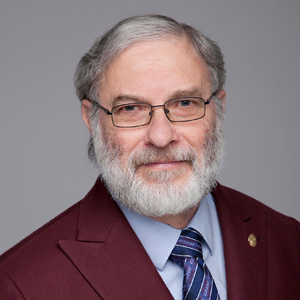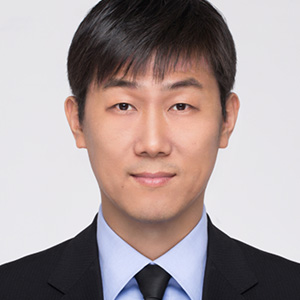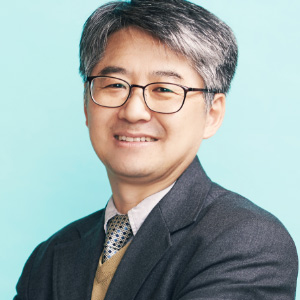
Dr. Young-Je Park
Young-Je Park is a Principal Research Scientist at the Korean Institute of Ocean Science and Technology (KIOST), Busan, South Korea...
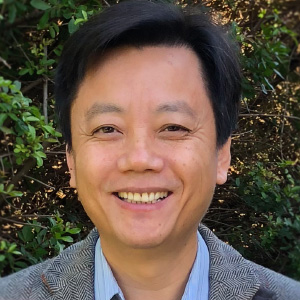
Dr. Chuanmin Hu
Chuanmin Hu received a BS degree in physics from the University of Science and Technology of China in 1989 and a PhD degree in physics (environmental optics) from the University of Miami (Florida, USA) in 1997...
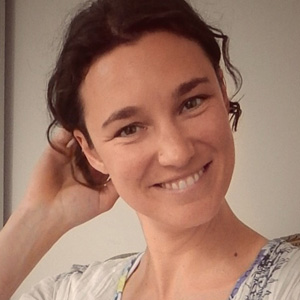
Dr. Griet Neukermans
Griet Neukermans is an optical oceanographer with fundamental and applied expertise in remote and in situ optical sensing of marine particles.
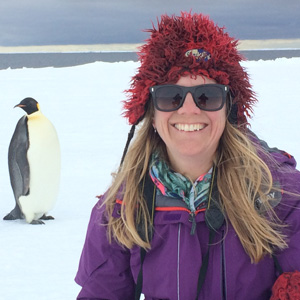
Dr. Sandy Thomalla
Sandy Thomalla is a principal scientist at the Southern Ocean Carbon and Climate Observatory (SOCCO) at the CSIR, in Cape Town, South Africa...

Dr. Atsushi Matsuoka
Atsushi Matsuoka is the lead of the remote sensing group at Takuvik Joint International Laboratory (CNRS-ULaval), Québec City, Canada...

Alejandro Clément
Most of Alejandro Clément’s career has been in the private sector, but he also carries out applied research on harmful algal blooms (HAB), fjord oceanography, bio-optics and more recently...


